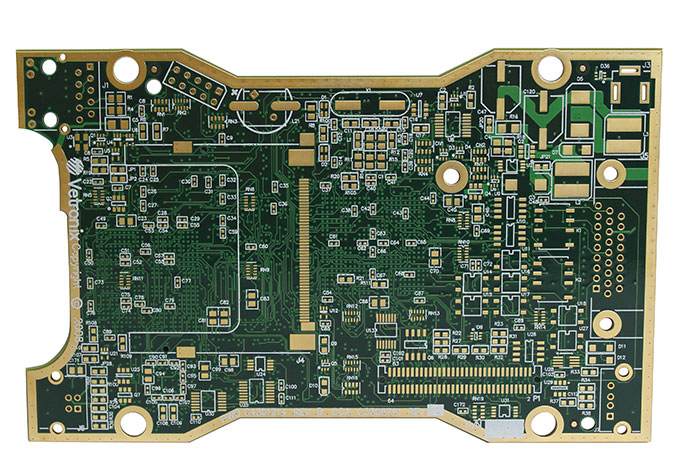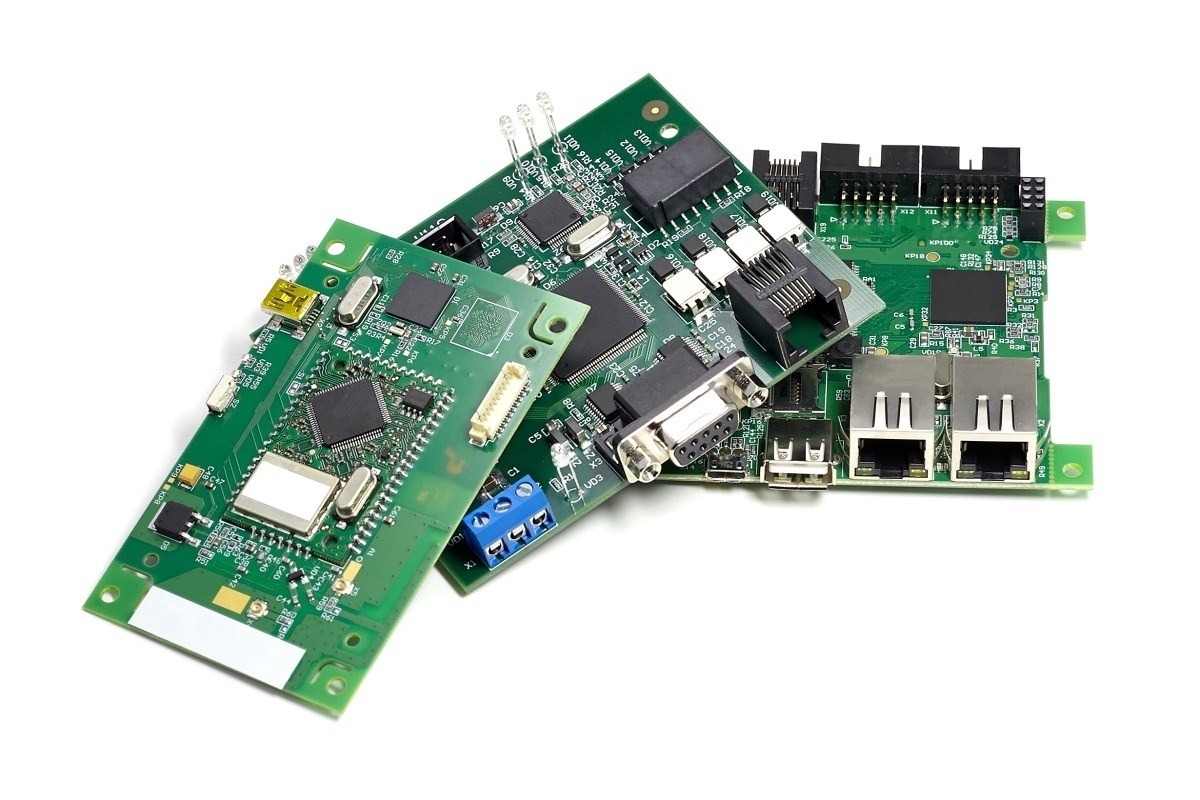
Support Team
Feedback:
support@nextpcb.comReliability refers to "trustworthy" and "trustworthy", which refers to the ability of a product to complete a specified function under specified conditions and within a specified time. For end products, the higher the reliability, the higher the guarantee for use.
PCB reliability refers to the ability of the "bare board" to meet the production conditions of subsequent PCB assembly and to maintain normal operation functions for a certain period of time under a specific working environment and operating conditions.
In the 1950s, during the Korean War, 50% of American electronic equipment failed during storage, and 60% of airborne electronic equipment was unusable after being shipped to the Far East. The United States found that unreliable electronic equipment affected the progress of the war, and the average annual maintenance cost was twice the cost of equipment procurement.

In 1949, the American Society of Radio Engineers established the first reliability professional academic organization-Reliability Technology Group. In December 1950, the United States established the "Electronic Equipment Reliability Special Committee". The military, weapon manufacturing companies, and academia began to intervene in reliability research. By March 1952, they put forward far-reaching recommendations; the research results were first applied It was used in aerospace, military, electronics, and other military industries, and then gradually expanded to civilian industries.
In the 1960s, with the rapid development of the aerospace industry, reliability design and test methods were accepted and applied to avionics systems, and reliability engineering developed rapidly! In 1965, the United States issued the Reliability Program Requirements for Systems and Equipment. Reliability engineering activities were combined with traditional design, development, and production, and good benefits were obtained. The Roma Aviation Development Center has established a reliability analysis center, which is engaged in the reliability research of electronic and electromechanical, mechanical parts, and electronic systems related to electronic equipment, including reliability prediction, reliability distribution, reliability testing, reliability physics, and reliability Sexual data collection, analysis, etc.
In the mid-1970s, the life cycle cost of the U.S. defense weapon system became prominent. People realized that reliability engineering is an important tool to reduce living costs. Reliability factories were further developed, and more rigorous, more realistic, and more effective designs were developed. And test methods were adopted, which led to the rapid development of failure research and analysis techniques.
Since the 1990s, reliability engineering has developed from military-industrial enterprises to civilian electronic information industries, transportation, services, energy, and other industries, and has changed from a major to a "general industry." The ISO9001 quality management system includes reliability management as an important part of the review, and the professional technical standards related to reliability are included in the quality management system documents, becoming the management provisions of "what is said must be done".
Today, reliability management has been widely accepted by all walks of life in society, and the business philosophy of the company has generally changed from the past "I should attach importance to product reliability" to the current "I should attach great importance to product reliability"!
In 1986, the US space shuttle "Challenger" exploded 76 seconds after takeoff, killing 7 astronauts and losing 1.3 billion U.S. dollars. The root cause of the accident was a failure of a sealing ring!
In the 1990s, the United States UL issued a document saying that PCBs produced in China caused many equipment and instruments to catch fire in the United States. The reason was that Chinese PCB factories used non-flame retardant plates, but they were marked with the UL mark.

According to official statistics, PCBA's compensation due to reliability failure accounts for more than 90% of the cost of external failure!
According to GE's analysis, it is worthwhile to increase the reliability by 1% and the cost by 10% for equipment for continuous operations such as energy, transportation, mining, communications, industrial control, and medical treatment. With high PCBA reliability, maintenance costs and downtime losses can be greatly reduced, and asset and life safety are more guaranteed!
Today, looking at the world, the competition between countries and countries has evolved into a competition between enterprises and enterprises. Reliability engineering is the threshold for enterprises to carry out the global competition, and it is also a magic weapon for enterprises to stand out in an increasingly fierce market!
Why Choose NEXTPCB Manufacturer
As the carrier of various electronic components and the hub of circuit signal transmission, PCB determines the quality and reliability of electronic packaging. With the ever-increasing miniaturization, weight reduction, and multi-functionalization of electronic products, as well as the continuous promotion of environmental protection requirements such as lead-free and halogen-free, the PCB industry is showing "fine lines, small holes, multiple layers, thin boards, high frequencies, and high speeds. "The development trend, the requirements for reliability will be higher and higher.
High-reliability PCB can play the role of a stable carrier to realize the long-term and stable operation of PCBA, thereby ensuring the safety, stability, and service life of terminal products, so that enterprises can enhance competitiveness, improve reputation, expand market share, and improve economic benefits.
High reliability is a practical science that combines "engineering technology" and "management art". To produce highly reliable PCBs steadily, a set of "standardized, efficient, collaborative, and controllable" management procedures must be established, and the factory must be fully managed and controlled. "Engineering design, production materials, manufacturing equipment, process technology, quality assurance facilities, production environment, management system, team quality" and a series of influencing factors.

Therefore, to evaluate whether the PCB has "high reliability", it is necessary to deeply confirm whether the following control items of the factory have been fully controlled.
Free PCB Design Analytics Software
Still, need help? Contact Us: support@nextpcb.com
Need a PCB or PCBA quote? Quote now